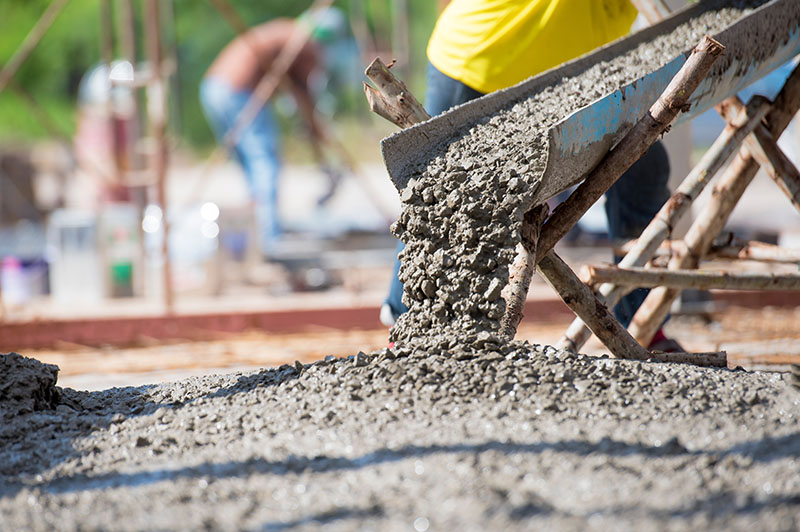The concrete industry is a cornerstone of modern infrastructure, enabling the construction of buildings, roads, bridges, and other essential structures. As such, understanding the essentials of this industry is crucial for professionals and enthusiasts alike. This blog will explore just a few of the key components and tools integral to concrete work, including float pans, concrete mixers, reinforcement materials, and curing compounds.
Float Pans: Ensuring a Smooth Finish
Float pans are a vital tool in the concrete finishing process. Attached to a power trowel, float pans help in the initial stages of finishing by flattening and compacting the surface. This step is critical as it removes any high spots and fills in low areas, creating a uniform, smooth finish. Float pans are particularly useful in large-scale projects where manual floating would be time-consuming and less effective. They are typically made of durable materials like steel to withstand the harsh conditions of concrete work. Float pans, such as the best quality concrete pans, are crucial for achieving a smooth, level finish on large concrete surfaces by effectively compacting and flattening the surface.
Concrete Mixers: The Backbone of Construction
Concrete mixers are indispensable in the concrete industry. These machines blend cement, water, and aggregates (sand, gravel, or crushed stone) to create concrete. The quality and consistency of the mix are crucial for the strength and durability of the final product. There are various types of mixers, including drum mixers, pan mixers, and continuous mixers, each suited for different scales and types of projects. For instance, drum mixers are commonly used in small to medium-sized projects, while continuous mixers are preferred for large-scale applications.
Reinforcement Materials: Enhancing Strength and Durability
Concrete is inherently strong in compression but weak in tension. To address this, reinforcement tools such as steel rebar, wire mesh, and fiber-reinforced polymers are embedded within the concrete. Steel rebar is the most common reinforcement material, providing tensile strength that prevents cracking and structural failure. Wire mesh, often used in slabs and pavements, helps distribute loads more evenly. Fiber-reinforced polymers, though less common, offer high strength-to-weight ratios and are resistant to corrosion, making them ideal for specific applications.
Curing Compounds: Protecting and Strengthening Concrete
Curing is a critical phase in the concrete construction process, significantly influencing the strength and durability of the finished product. Curing compounds are applied to the surface of freshly laid concrete to retain moisture, which is essential for the hydration process of cement. Without proper curing, concrete can develop cracks and fail prematurely. There are various types of curing compounds, including water-based, solvent-based, and membrane-forming compounds, each offering different benefits depending on the project requirements and environmental conditions.
Admixtures: Customizing Concrete Properties
Admixtures are additives mixed into concrete to modify its properties and improve performance. Common types include accelerators, which speed up the setting time; retarders, which slow down the setting time; plasticizers, which improve workability; and air-entraining agents, which introduce tiny air bubbles to enhance freeze-thaw resistance. By using admixtures, concrete can be tailored to meet specific project needs, such as faster construction schedules, improved durability, or better performance in adverse weather conditions.
Formwork: Shaping the Future
Formwork is the temporary or permanent molds into which concrete is poured and shaped. Proper formwork is essential for ensuring that concrete structures have the desired shape and finish. It must be strong enough to support the weight of the concrete while it cures and must be accurately constructed to maintain the specified dimensions of the project. There are various types of formwork, including timber, steel, and plastic, each suited for different applications and project scales.
Conclusion
The concrete industry is multifaceted, with numerous tools, materials, and processes playing pivotal roles in ensuring successful construction projects. From float pans and mixers to reinforcement materials and curing compounds, each component is essential in its own right. Understanding these essentials not only enhances the quality and durability of concrete structures but also contributes to the efficiency and effectiveness of construction practices. Whether you are a seasoned professional or a budding enthusiast, a grasp of these fundamentals is indispensable in navigating the complexities of the concrete industry.

